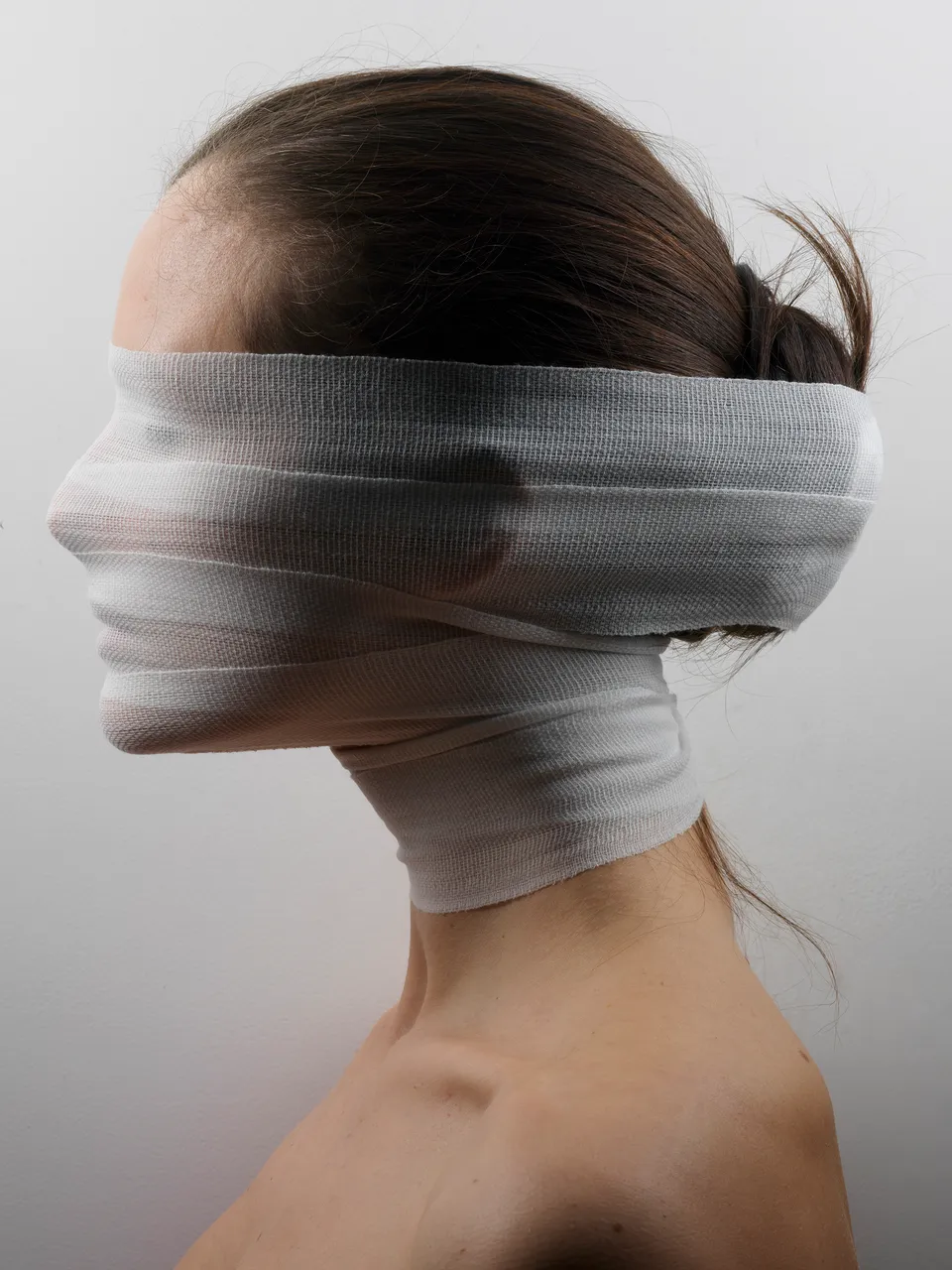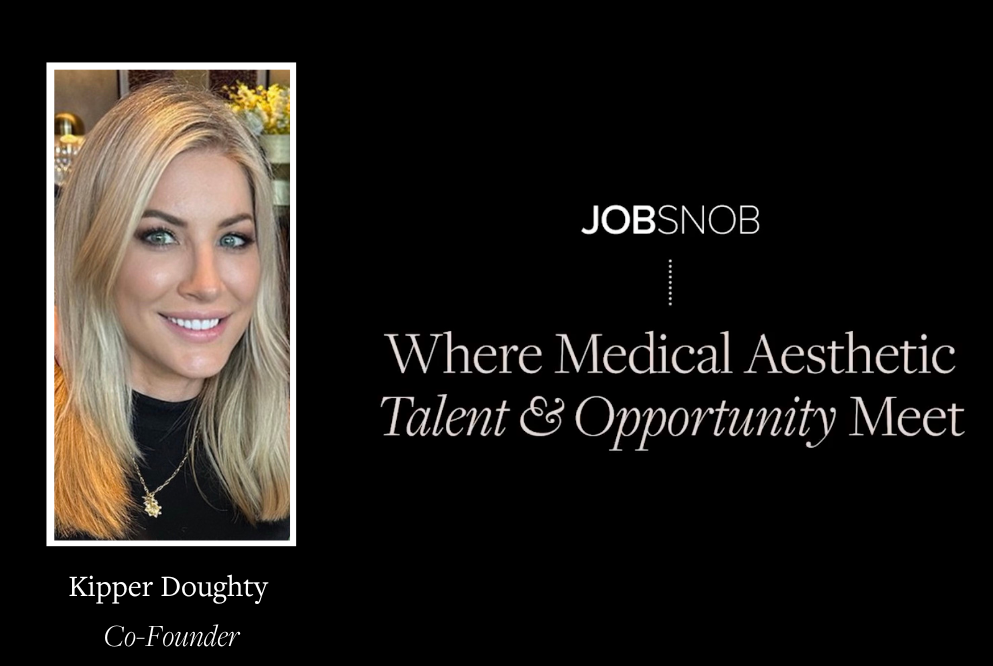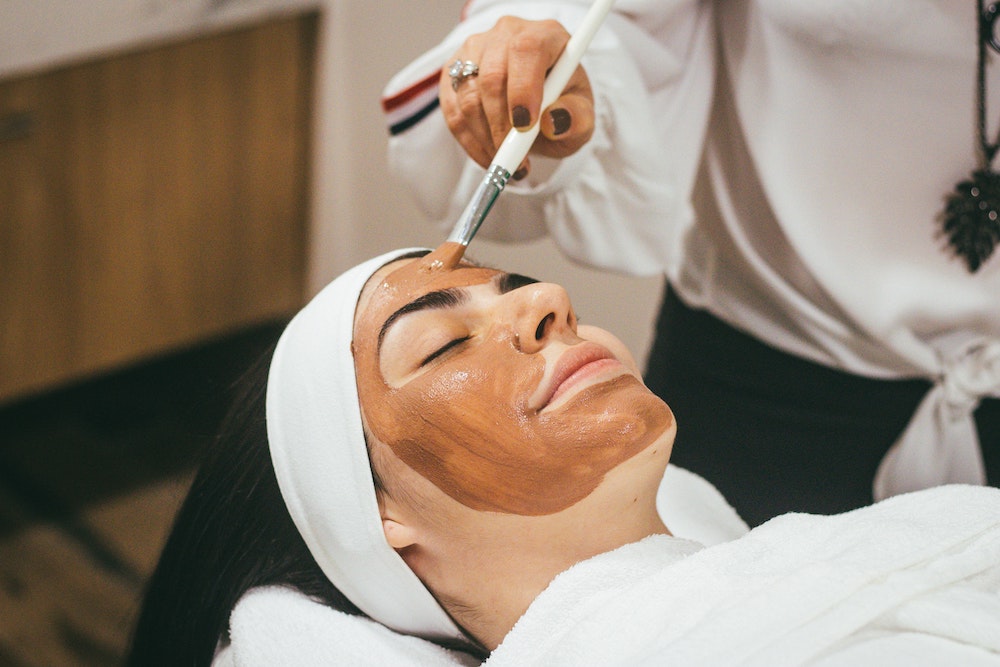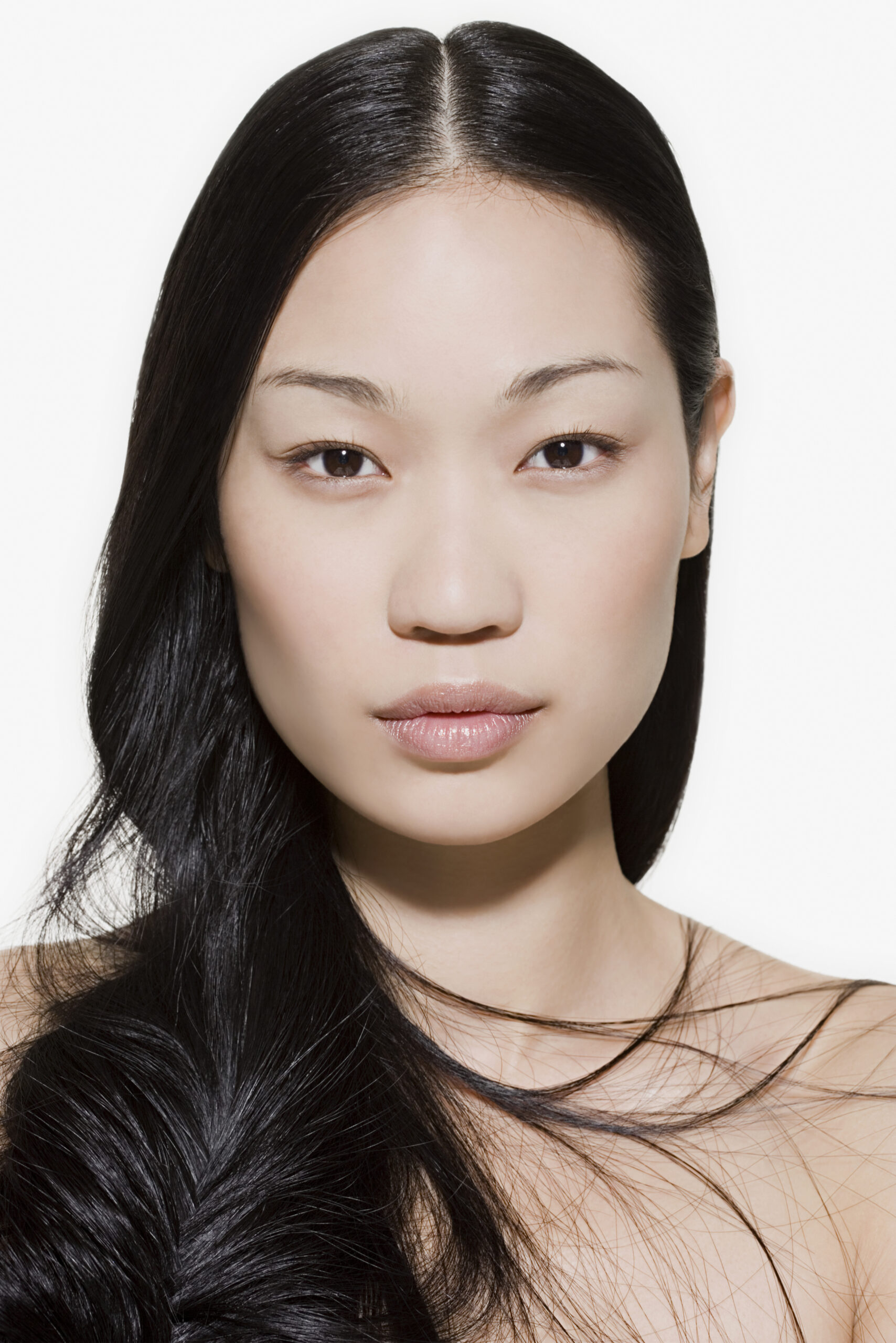Welcome to our Industry Expert Series, where we learn from the best of the best in medical aesthetics. Each edition will feature a new expert who has been gracious enough to share their unique experiences, career insights, patient care tips and more. In this edition, we sat down with world-renowned Facial Plastic and Reconstructive Surgeon, Dr. Ben Talei.
As patients continue to flood the Medical Aesthetic market, skilled surgeons are more sought after than ever. For a surgeon, particularly in the hyper-competitive Beverly Hills market, standing out can be extremely challenging. Dr. Talei has done this through years of honing his skills and utilizing the most minimally invasive techniques to achieve natural results. Read along as we learn about his motivations and the journey that led him to the forefront of Facial Plastic & Reconstructive Surgery.
Unfortunately, patients don’t always look at you as a doctor with years of dedication and training. They look at you as a company producing a product, and they want the product to be better than other products. -Dr. Ben Talei
Job Snob (JS) “Becoming a world-renowned surgeon, double board-certified in Facial Plastic and Reconstructive Surgery is an incredible accomplishment. What motivated you to focus on these two specialties in particular?”
Way back in my childhood, I dreamt of becoming a heart surgeon or a brain surgeon. As I made my way through medical school, as many others do, I changed my mind a dozen times because I loved all of medicine.
Ultimately, I had to choose between head and neck surgery and orthopedics. I loved head and neck surgery and was fascinated by the anatomy, the ability to help cancer patients, and the ability to bring together all facets of medicine as most illnesses display symptoms in the head and neck. You also can’t hide your mistakes and I loved that.
I didn’t really understand plastic surgery at that time and I thought it was a superficial field that didn’t really interest me. As I began my training in Otolaryngology-Head and Neck Surgery at Columbia and Cornell University hospitals, I fell more and more in love with the oncologic (cancer) surgeries of the head and neck as well as the reconstruction.
This became my dream at that point — diagnose the cancer, remove the cancer, and reconstruct the cancer defect. Unfortunately, when it came my turn to run the clinic and tell patients they had cancer, I began to cry every day.
At first, I accepted that this would just be part of the job and that it’s a doctor’s responsibility to care for patients. After a while, the stress began to change me and I had to confront the fact that maybe I wasn’t meant to be the lifesaver.
The first rhinoplasty I participated in with Dr. Steven Pearlman blew my mind. So intricate, so delicate and so many ways to screw up … and I became obsessed with it!
I began to focus more and more on the reconstruction aspect of surgery and soon fell in love with the technical aspects and art of reconstructive surgery as well cosmetic surgery.
The first rhinoplasty I participated in with Dr. Steven Pearlman blew my mind. So intricate, so delicate and so many ways to screw up! It was the most technically difficult surgery I had seen and I became obsessed with it.
While working night shifts at Columbia I would leave after my shift and go to Cornell where I would operate with Dr. Pearlman, Dr. LaBruna, and a host of other surgeons.
Even though I was a head and neck surgery resident I would go and scrub in with oculoplastic surgeons, orthognathic surgeons, and plastic surgeons between cases, or after hours and on weekends.
JS “What an experience that must have been. How did this prepare you for life after residency?”
After graduating, I knew I wasn’t good enough yet. At this point in 2013, I performed a fellowship in New York with Dr. Andrew Jacono where we performed hundreds of advanced deep plane facelifts, cosmetic eye and nose surgeries, burn surgery reconstruction, and Moh’s facial cancer reconstruction.
After this fellowship I felt more capable, but still wanted to learn more, so I performed a second fellowship with Dr. Milton Waner, focusing on rare vascular tumors and birthmarks using surgery and lasers in adults and children. I had reached my dream!
Beverly Hills had something more specific in mind for me however and I rapidly became a cosmetic specialist, which is something I would have never imagined.
I could do the best of the best in the world of rhinoplasty, eyelid surgery, aging face surgery, and face lifting while also specializing in a rare field of pediatric plastic surgery that few others were good at.
I was treating tumors like I had always wanted, but these weren’t malignant tumors — they were large and devastating birthmarks.
Once I started working in Beverly Hills, I thought to myself I could strongly do Moh’s recon, aging face surgery, rhinoplasty, and birthmarks.
Beverly Hills had something more specific in mind for me however and I rapidly became a cosmetic specialist, which is something I would have never imagined. I became even more obsessed and hyper-focused on just a few things which I am always trying to get better at.
If you’re not the best at something, don’t insult your patient with mediocre work.
JS “You’ve done an incredible job branding both yourself and The Beverly Hills Center. Do you have any advice to offer new facial plastic surgeons who may be at the beginning of their careers?”
The first bit of advice is that no single factor will make you successful. If you have any integrity, your surgical results and ego regarding those results will always be the number one goal and driving factor.
If you’re not the best at something, don’t insult your patient with mediocre work. Go find the best surgeons and watch them as much as possible. If you do this, you will be successful in any city in the world as long as you give it time.
My safe assumption is that the way most surgeons do marketing and growth wasn’t going to work for me. So I looked at the best of the best in the medical world and beyond, wondering what they did differently to achieve more rapid and substantial success.
I still haven’t figured it out and I’m always trying to learn. I used to hate the business side of things. Now it’s a game for me to get good at like everything else I do.
JS “You have also done a great job branding the Auralyft technique, which is used in facelift, jawline, and neck lift procedures. Can you tell us more about this signature procedure?”
The AuraLyft is a gimmicky name for a modified extended deep plane face and neck lift. Upon trying to brand myself, I realized I could try to build my name as the brand and just say that I’m unique. Unfortunately, patients don’t always look at you as a doctor with years of dedication and training. They look at you as a company producing a product, and they want the product to be better than other products.
They don’t always get that they’re not searching for a technique or buying a technique, they are seeking a great surgeon and friend.
I went with more of a fluffy name after a conversation with a facelift patient. She said to me, “…All I know is I feel better. Like my aura has been lifted. And no one knows why.”
I stopped resisting this reality after a while and decided to brand the product. With facelift names or procedure names you can either give it a technical name that sounds unique, or one that gives the patient an idea of the procedure but not exactly what it is.
Technical names are more difficult to trademark but patients love a technical name because it sounds like the surgeon is the only one in the world who can perform it.
I went with more of a fluffy name after a conversation with a facelift patient. She said to me “I keep trying to understand what you did surgically and how it’s any different than other surgeons, but I can’t. All I know is I feel better. Like my aura has been lifted. And no one knows why.”
Sadly half the patients still can’t say it correctly, so I would recommend choosing a name that’s easy to read and pronounce for anyone in the world.
JS “You’re also known as quite the lip guru, and your Cupid Lip Lift before and after images are illustrative of your impressive skills and results. What can you share about this technique?”
“You can be the best surgeon in the world and perform the best surgery, but you’ve contributed nothing to medicine if you can’t get someone else to easily replicate it. That’s the true genius in surgery.“
I’ve done about 3000 lip lifts and 4500 lip procedures in total so far. After hitting 2000 lip lifts, something clicked finally. One of my professors once told me, “You can be the best surgeon in the world and perform the best surgery, but you’ve contributed nothing to medicine if you can’t get someone else to easily replicate it. That’s the true genius in surgery.” This always stuck with me. I needed to develop some sort of mathematical algorithm that could be taught and copied. So, I made the CUPID design to help surgeons lift the lip with impressive consistency.
My results have become incredibly more predictable and impressive with the changes I made during my mission of teaching others! The more you teach and explain, the more you understand it yourself.
JS “You are fortunate to have access to the most cutting-edge technology and information in the industry. What new aesthetic trends are you most excited about?”
I’m happy people are starting to realize the long-term damage that temporary treatments can do. Doctors are using MRI and Ultrasound to show the long-term negative effects.
You don’t need imaging to see the effects, but it definitely helps in teaching. Anything and everything in medicine can have negative consequences and you have to assume everything you do has risk.
These advances in the understanding of fillers, threads, and heat-based therapies will help doctors perform them with better taste and preparation for the future. The use of stem-cell type therapies is also wonderful.
True stem cell therapies don’t really exist but we have progenitor cell therapies like nanofat mixed with PRP or exosomes and I’ve seen some incredible results with healing, scarring, and wound modulation. We’ve even seen more substantial hair growth. More and more, doctors are focusing on better healing, using treatments like hyperbaric oxygen and LED and I love that.
To learn more about Dr. Talei and his practice, visit Website and follow on Instagram

















